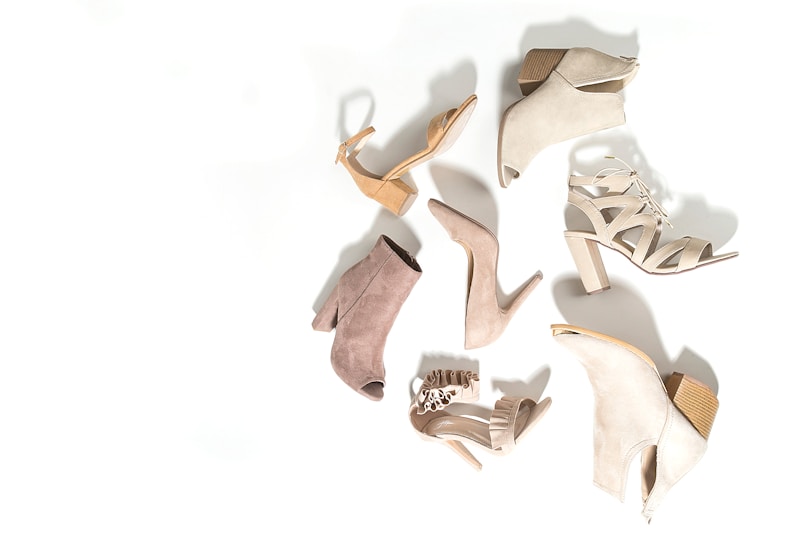The Influence of Dress Structure on Comfort: Understanding the Essentials
The Importance of Dress Structure in Women's Fashion
When it comes to fashion, the comfort of a dress often hinges on its structure. Understanding how different elements contribute to wearability can significantly influence women’s fashion choices. In this article, we will explore the various components of dress structure, how they affect comfort, and what to consider when selecting the perfect dress.
Breaking Down Dress Structure
Dress structure refers to the arrangement and design of various elements that contribute to how a dress fits, looks, and feels. Key components include:
| Component | Description |
| Silhouette | The overall shape and outline of the dress, which can influence how it drapes on the body. |
| Fabric | The material used, which affects breathability, stretch, and comfort. |
| Lining | A layer that can add comfort and structure while preventing transparency. |
| Seams and Stitching | The construction quality plays a crucial role in comfort and longevity. |
| Fastenings | Such as zippers and buttons, which can affect ease of wear and adjustment. |
The Role of Silhouette in Comfort
The silhouette of a dress significantly impacts both aesthetic appeal and comfort. Dresses designed with a well-thought-out silhouette can enhance mobility and ease of movement. For instance, an A-line dress typically allows for more movement compared to a bodycon dress. Here are some common silhouettes:
- A-Line: Flared at the hem, provides comfort and an illusion of a slimmer waist.
- Sheath: Fitted and straight-cut, often less forgiving in terms of movement.
- Empire Waist: Raises the waistline, allowing for room around the hips.
- Maxi: Offers full coverage with ease, perfect for comfort during all-day wear.
Fabric Choices and Their Impact
The choice of fabric is crucial in determining how comfortable a dress will be. Different materials offer different benefits:
- Cotton: Breathable and soft, making it a staple for casual dresses.
- Silk: Luxurious and lightweight but may require special care.
- Polyester: Durable and wrinkle-resistant, often blended with other fibers for added comfort.
- Linen: Great for summer due to its moisture-wicking properties.

The Importance of Lining
While not always visible, lining is a crucial factor in dress comfort. A well-lined dress can prevent itchiness from outer fabrics and ensures that the dress drapes perfectly. Additionally, it provides opacity, minimizing the risk of accidental visibility in bright light.
Seams and Stitching: Attention to Detail
The quality of seams and stitching can determine not only the durability of a dress but also its comfort. Dresses with poorly constructed seams may lead to discomfort and a shorter lifespan. Look for dresses that have flat seams to minimize chafing and those that are reinforced in high-stress areas. High-quality stitching will also enhance the garment's overall aesthetic.
Fastenings and Easy Wear
Fastenings can have a surprising impact on wearability. A dress with a complicated zipper or one that buttons up may be more challenging to wear compared to a simple slip-on style. When choosing a dress, consider how these closures affect both comfort and ease of dressing.
How Dress Structure Influences Comfort in Different Situations
Different settings demand different dress structures. For instance, a casual beach outing might call for a loose, flowing maxi dress, while a business meeting may necessitate a fitted sheath dress. Let’s explore how dress structure aligns with various occasions:
| Occasion | Recommended Dress Structure |
| Beach Day | Light, breathable fabrics with loose silhouettes. |
| Office Hours | Structured, tailored designs that project professionalism without sacrificing comfort. |
| Evening Event | Elegant silhouettes with luxurious fabrics. |
| Casual Outing | Relaxed fit with playful details for ease and comfort. |
Common Questions About Dress Comfort
Many women have questions regarding dress comfort, particularly concerning structure and fit. Here are a few FAQs:
What dress shape is the most comfortable?
The comfort of a dress shape largely depends on individual body type and personal preference. Generally, A-line and maxi dresses provide ample room and are deemed comfortable for most occasions.
Can a dress be both stylish and comfortable?
Absolutely! Many contemporary designers blend style with comfort by using innovative designs and high-quality materials, ensuring that dresses look good while feeling great.
How do I know if a dress fits well?
A well-fitting dress should allow for ease of movement without being too tight or loose. Check that shoulder seams align with your shoulders, the waistline sits comfortably, and the hem falls at a flattering length.
Conclusion and Recommendations
Understanding the influence of dress structure on comfort is key to making informed fashion choices. The careful combination of silhouette, fabric, lining, seams, and fastenings can significantly enhance your overall experience when wearing a dress. Always prioritize comfort by experimenting with different styles and materials to find what works best for you.
When shopping for a dress, consider your lifestyle and the settings in which you will be wearing the garment. Remember that comfort should never be sacrificed for style. With the right knowledge, you can enjoy both in your wardrobe.